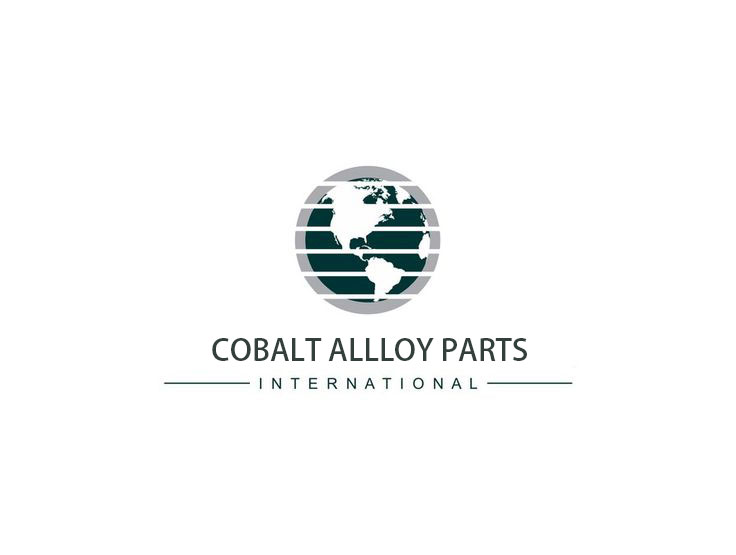
How to Choose the Material of the Perforated Disc
2025-05-28 09:00In the production of glass wool, the perforated disc is the key equipment, and the selection of its material will determine the quality of fiber, production efficiency, and equipment life. The perforated disc generates centrifugal force by rotating at high speed (up to 2500-3800 rpm), which throws the molten glass away from the disc and stretches it into fibers, and the material needs to withstand high temperature of 500-1100°C, centrifugal force and airflow impact, and molten glass erosion in this process at the same time. This article is based on the actual production of the core parameters (such as cotton type, speed, temperature, etc.), analysis of nickel-based and cobalt-based alloys fit logic, for manufacturers and distributors to provide the basis for material selection.
Core Parameters Affecting Material Selection
Production cotton type and fiber characteristics
Glass wool is divided into yellow cotton and white cotton according to color and fiber thickness. Yellow cotton is a coarse fiber produced, usually using a low-speed process. The material requirements for high temperature resistance are low; you can choose nickel-based alloys. White cotton to produce 2-3 micron filaments requires a high-speed and high-temperature environment, which requires the use of cobalt-based alloys to ensure the stability of the material in the fiber stretching process.
Flow strand temperature
Nickel-based alloys are susceptible to oxidation and grain coarsening if exposed to temperatures exceeding 580°C for long periods of time, leading to perforated disc failure. Cobalt-based alloys are stable at 900°C, making them suitable for high-temperature molten glass flow streams for white cotton production.
Production Volume
High-throughput lines require perforated disks that are continuously subjected to high loads. Cobalt-based alloys are particularly suited to large-scale production scenarios due to their higher thermal fatigue strength, which reduces the need for downtime and maintenance due to material wear.
Nickel Based vs. Cobalt Based Disc
| Material Type | Temperature Range | Typical Application Scenario | Core Benefits | Limitations |
|---|---|---|---|---|
| Nickel-based alloys | 500-580°C | yellow cotton production, low to medium-speed centrifuges (≤3500 rpm) | Low cost, mature process | 1/3 of cobalt-based at high temperatures |
| Cobalt-based alloy | 1050°C (instantaneous 1100°C) | White cotton filaments, high-temperature and high-speed centrifuges (≥ 3500 rpm) | High-temperature oxidation resistance, resistance to corrosion of molten glass, wear resistance | High material costs, need to be specialized casting process |
Precautions for Use of Perforated Disc
Preheating specification implementation
Strictly follow the technological requirement of 15 minutes preheating to 950°C. Cold startup is likely to lead to micro-cracks in the perforated disk due to thermal stress, which will shorten the service life.
Periodic Inspection and Wear Analysis
Nickel-based alloy: It is recommended to stop the machine every 200 hours for inspection, focusing on perforated disk edge corrosion and aperture wear (can be judged by comparison with after-use photos);
Cobalt-based alloy: better wear-resistant performance, can be extended to 300 hours of inspection. If it is found that the disc surface oxide layer thickness is more than 0.2mm, it needs to be replaced in a timely manner.
Glass wool perforated disc material selection is “process parameters → equipment specifications → material properties” of the reverse derivation process: yellow cotton production to cost priority, nickel-based alloy is the cost-effective choice; white cotton filaments and high-load scenarios need to be cobalt-based alloy as the core, through the high temperature and mechanical strength of the double guarantee of the quality and efficiency of the balance.
When choosing a perforated disk, you need to consider the cotton type, Flow strand temperature and production volume to find the most suitable material for your production line.
